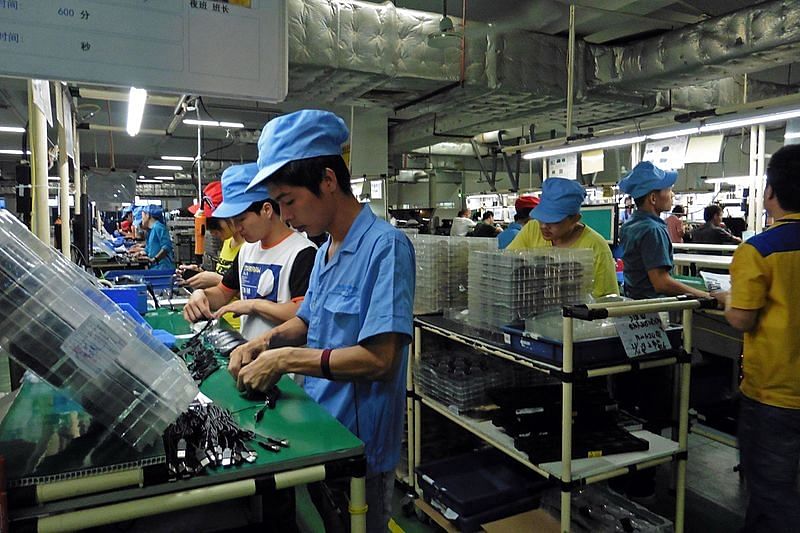Experts call it a breakthrough for Beijing’s economy and a shift in China’s reputation as a manufacturing economy to a research-driven one.
New Delhi: China has secured a spot among the top 20 most-innovative economies of the world, a feat it has achieved within a few years.
It has jumped 12 points in the Global Innovation Index (GII) in these four years. Experts call it a breakthrough for Beijing’s economy and a shift in China’s reputation as a manufacturing economy to a research-driven one — a stated aim of the Chinese government for over a decade.
“China’s rapid rise reflects a strategic direction set from the top leadership to develop world-class capacity in innovation and to move the structural basis of the economy to more knowledge-intensive industries that rely on innovation to maintain competitive advantage,” said Francis Gurry, director general of the UN World Intellectual Property Organisation (WIPO), after releasing the eleventh GII earlier this week.
The top five countries on the index include Switzerland, followed by the Netherlands, Sweden, Britain and Singapore.
The Chinese government has pumped in tremendous amount of money in innovation and technology over the past few years, and there has been a deliberate attempt to bring Beijing on a par with the innovation leaders of the world, argues Jayadeva Ranade, president of the Centre for China Analysis and Strategy (CCAS).
According to reliable estimates, China spends the second highest amount of money on research and development (R&D) — second only to the US. Between 2010 and 2015 itself, the spending grew by 18 per cent annually.
“The Chinese have had a two-pronged approach in this regard,” he said. “While on one hand, they have been promoting military-civil fusion with the intent to merge military and civil technologies to enable a much wider application, on the other, they have encouraged universities and companies to come together to develop technology and innovation.”
The second part of the approach, according to Ranade, has been very similar to the US model, which has encouraged companies to pour in the money, and universities to facilitate research and development (R&D).
Over the past two decades, the number of students studying science and technology in China has increased exponentially. To be sure though, a part of the dramatic rise could also be due to China’s large population.
While the US ranking has dropped since last year from six to four, it still remains firmly ahead of China in bolstering an innovation economy, argues Ranade. “For the Americans, the drop has been in comparison to their own record, and doesn’t suggest a closing gap with China — at least in the near future,” he said.
However, in comparison to its neighbour India, China remains far ahead. While India has also jumped the rankings up by three spots — from 60th in the GII 2017 to 57th this year, its investment in R&D in comparison to China is still very low.
“Yes, we have done fairly well in space and medical research, but these are still islands,” Ranade explained.
“The mindset of industrialists and business heads in India is still that of traders — of selling what they produce,” he added.
